In early 2020, Tivoli Mushrooms, an urban mushroom farm located about 100 miles north of New York City, was pumping out nearly 2,000 pounds of fresh mushrooms per week. The business, in just its second year of existence, was booming.
Their mushrooms were on plates in NYC restaurants, in the food hall of a local college, stacked on the shelves of area grocery stores, mixed in with local fruits and vegetables as part of a CSA (community supported agriculture), and dropped directly into the hands of customers at farmer’s markets four times a week.
What’s even more impressive than a ton of mushrooms per week?
Devon Gilroy, founder of Tivoli Mushrooms, started the business without any mushroom cultivation experience and built the business while simultaneously working as a full-time executive chef.
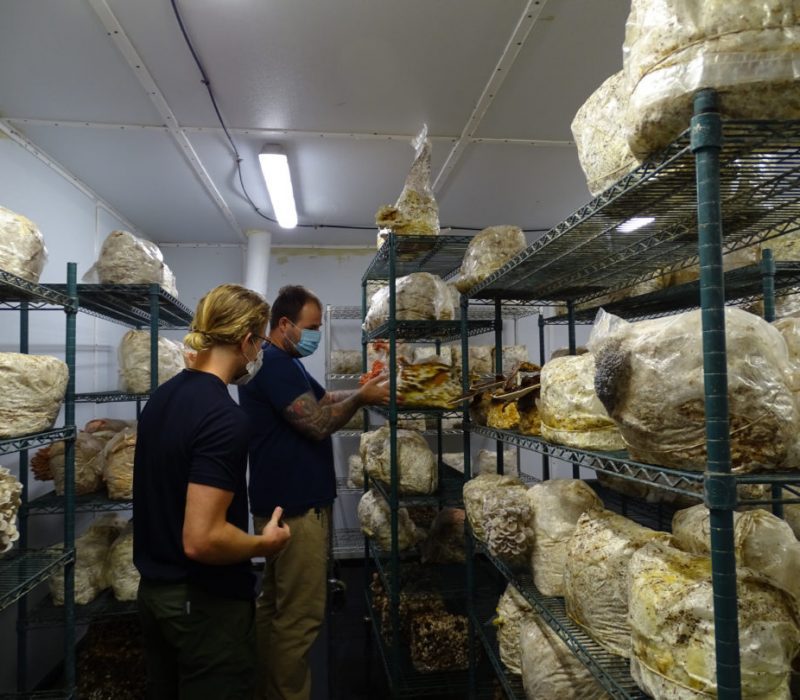
How to Stop an Urban Mushroom Farm in its Tracks
In March, COVID-19 struck, the state of New York closed everything, and Tivoli Mushrooms lost 90% of its business.
“We kind of shut down for a minute,” Gilroy said.
Almost immediately, Tivoli went from fruiting between 600 to 700 blocks per week in each grow room — three rooms are currently used for fruiting, with the other room used for incubation — to maybe 200 blocks. And given that Tivoli Mushrooms produces between 100 and 200 fruiting blocks each week in-house, then orders the rest of their spawn and substrate from Maine Cap N’ Stem, there were also a lot of prepaid blocks coming in without any clients to sell the mushrooms to.
Which brings us to one of Gilroy’s biggest pieces of advice to anyone considering building their own urban mushroom farming business.
“Always have five months of operating capital, just at a minimum,” he says.
“Never go below it because sh*t comes out of nowhere. Being a successful farm, moving product, making money, we still almost went out of business like three times with me not taking any money from it. The accounting part of it, besides the growing part of it, is a big one.”
They say it takes a village to raise a child. Well, it takes a community to support a business.
Tivoli Mushrooms survived COVID-19 with the help of the local community. Home food delivery companies also upped their orders and kept Tivoli afloat.
“It’s mother nature,” Gilroy said. “You have to just get on board and roll with it.”
Gilroy says he was grateful for his executive chef position and the income it provided at that time, but running an urban mushroom farm while holding down a second job can be both a blessing and a curse.
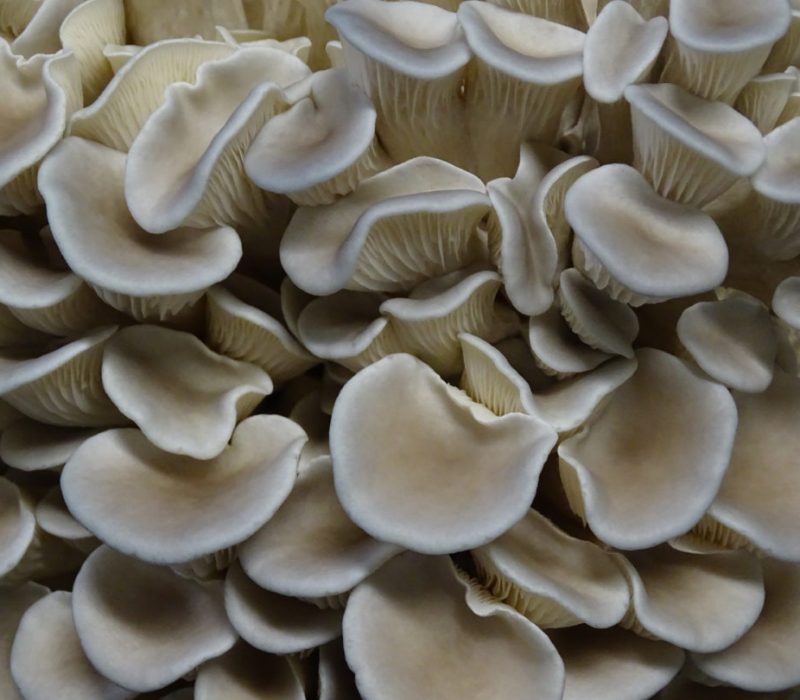
A Double-Edged Sword
Each day, Gilroy gets to Tivoli at around 7 a.m., works until 2 p.m., and then heads to his executive chef job until 10 p.m. He has yet to pay himself a dime from Tivoli Mushrooms. The grind can be a lot to handle some days, he says.
“How you do one thing is how you do all things,” Gilroy said. “So constantly rushing from thing to thing is not the most fulfilling. I think that aesthetically I probably should have gone slower and focused a little bit more on the layout, how it felt, inhabit the space longer, maybe meditate in the space a little bit more, really feel it,” he said of the expansion. “We’re in this place where it’s not that comfortable. That would be my biggest change so far.”
Gilroy says he sometimes wishes his urban mushroom farm was still small with less stress, overhead costs, — in some months, they can run up to $20,000 — more time, and perhaps a better quality of life.
“I think that for me it was like the ego pride thing got in the way and it was like ‘We’re going to expand, we’re going to do all our own colonization, we’re going to run 150 blocks a week out of that pasteurizer,’” Gilroy said.
“What’s happened is now we have two full-time employees and we’re only fruiting a few hundred pounds more because of the climate [business down due to COIVD-19] that we’re in right now. This constant growth thing, it is a double-edged sword.”
That’s not to say Gilroy regrets his decisions.
“Do it, 100%,” he says of starting an urban mushroom farm. “Stay small as long as you can and just enjoy it. There’s a need for it. Local small farms are going to be the ones that really do well. It’s the big farms…there’s no more room for that anymore.”

A Grower’s Notes
In our chat with Devon Gilroy, founder of Tivoli Mushrooms, we also got into the nitty-gritty details about how to run an urban mushroom farm that produces 2,000 pounds of mushrooms per week. Here are some nuggets from that discussion.
Growth Parameters
Gilroy keeps his rooms at around 88% relative humidity and, in an ideal situation, at 55°F (12.7°C). It was the peak of summer when we visited and his rooms were at 63°F (17.2°C).
“I’m a big fan of shocking the mushrooms”
Sometimes, Gilroy will go into a grow room and not see the kind of growth he wants. In that case, he’ll drop the humidity 5% to 10%, and then “things will go crazy.”
Or, he’ll run the relative humidity below the normal 88%, wait for his fruiting blocks to start pinning/maturing, then raise the humidity over 90%.
A Glance at Geothermal
Gilroy says he would love to have his urban mushroom farm at a cooler, more northern location so he could be more energy-efficient. If people want to grow in hot environments, he likes the idea of a geothermal design, where you dig a hollow reservoir, say, 15 feet (4.5 meters) underground and then condition your air in that room before pumping it into your fruiting room. It’s an upfront cost that will, long-term, save you a lot of money on electricity and likely save you from a lot of routine air conditioner maintenance, repair and replacement.
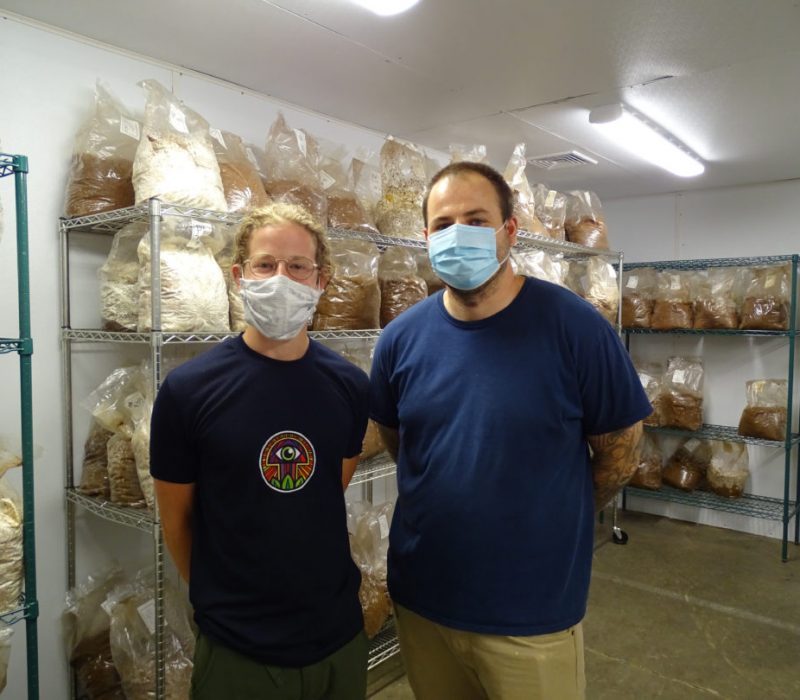
A Day in the Life of An Urban Mushroom Farm
1. Always harvest right when you arrive to the farm.
2. Then look at what you have and what needs to be replaced.
3. Gilroy tries to sell everything the day it’s harvested. So then he focuses on selling.
4. Clean the fruiting rooms.
5. Take any blocks from incubation that are ready and put them into fruiting conditions.
6. Clean the lab, unload the bulk steam pasteurizer, and inoculate fruiting blocks.
7. Put those blocks into incubation.
*On days that they don’t do inoculations, they are making fruiting blocks, hydrating them, loading them into the pasteurizer, and turning on the pasteurizer. The pasteurizer is always either running or cooling.
8. Deliver your product.
Caveat: Tivoli does not produce all the fruiting blocks they use. Instead, they order hundreds of pre-made fruiting blocks from companies like Maine Cap N’ Stem on a weekly basis. Once delivered, these bags are simply placed into the incubation (if needed) or fruiting room, cut, and left to colonize and/or fruit.
So, why aren’t you growing your own mushrooms yet?
Don’t know where to start?
CLICK HERE to get a juicy discount on our Sacred Mushroom Cultivation course.
About the Author
Sam is a writer, journalist, and mycophile from New York who arrived at the Fungi Academy one midsummer’s day in 2019 and left 6 weeks later with lifelong friends and a passion for mushroom cultivation. In the past year 18 months, he’s built a laboratory and fruiting room in his home, cultivated and foraged over 20 species of gourmet and medicinal mushrooms, started a medicinal mushroom tincture business, and returned to the Fungi Academy to teach his techniques to students.




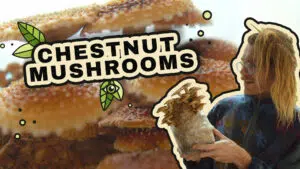




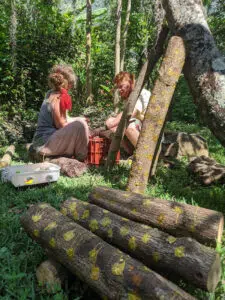
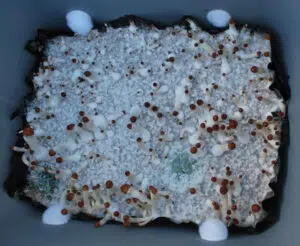






Responses
Your beginnings spur me on. Thank you for sharing your story
Kind regards
Mandla
South Africa
Hello! My name is Chanyoung Oh, and I am a rising sophomore at Korean International School. I’m working on a research project on mushrooms/fungi and food waste in urban environments; this is a topic I’m interested in because fungi are widely underutilized as a solution to environmental problems in urban spaces. I am interested in doing a case study on mushrooms for coffee waste in Seoul, South Korea because I was inspired by your work growing a mushroom farm in an urban environment, and I thought I could apply this idea to the Coffee Waste problem in Korea: Seoul produces 145 tons of coffee daily, most of which ends up in landfills. Do you have time for a quick call in the next week or two to discuss this? I would be very grateful and if so, please let me know some days and times that work for you.
I look forward to hearing back from you!
thank you.